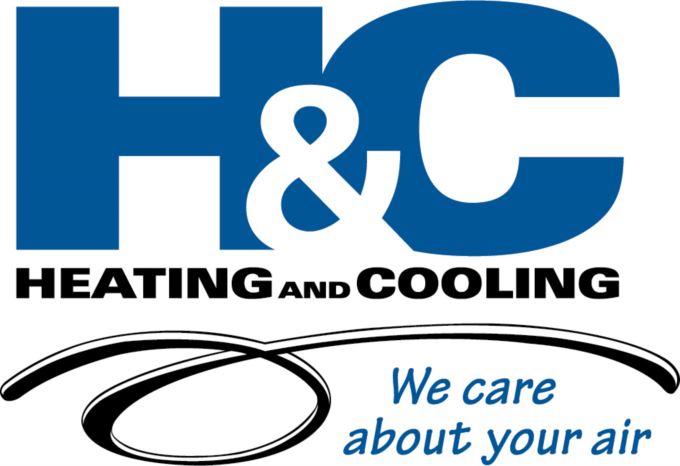
If you’re thinking about air conditioner installation in Laurel, you should also be looking at your new air conditioner’s SEER rating.
SEER means Seasonal Energy Efficiency Rating. In a nutshell, it gauges how productive your air conditioner is at converting electricity into chilled air. A high number signifies your air conditioner is more efficient, which is great for your electrical bills.
However, there are lots of differing models on the market for air conditioners. And a better SEER number typically includes a more expensive cost. So, how can you find out which one is ideal for your home?
At H&C Heating and Cooling, we provide a free, no-pressure home comfort analysis. You can book one by contacting us at 301-235-2937. Our experienced air conditioner installers will work with you to help you locate the right air conditioner for your budget. Plus, they’ll also give you a free, no-obligation estimate.
Right now, let’s review SEER ratings and how they can affect your loved ones’ comfort. And your energy bills.
Why Do the SEER Ratings Really Matter?
In 2016, the federal government created new SEER guidelines. New air conditioners are required to be at least 13 SEER in the northern United States and 14 SEER in the southeast and southwest. If you’re not sure when you had your air conditioner put in or what its SEER number is, you can check the sticker on the condenser outside your house. If you can’t find the sticker, you can get in touch with us at 301-235-2937 for assistance.
If your air conditioner was put in before that date, it’s presumably much less efficient. Cooling technology has rapidly changed in the past couple of years, with big developments in energy efficiency and smart home compatibility. Connecting your new air conditioner with a smart thermostat could help you spend less on cooling bills, since the thermostat can automatically change your temperature settings when you’re gone.
If your current air conditioner has a SEER rating between 8 and 10, installing a 14-SEER system could save you around 30–50% on annual electrical costs. Your savings are tied to your air conditioner size and your temp settings.
Is the highest SEER Rating the Best?
An air conditioner with a better SEER rating will be more efficient at using electricity for cooling. The best efficient ones, which can go as great as 26 SEER, have ENERGY STAR® certification. This certification signifies the air conditioner meets EPA guidelines for energy savings and environmental conservation.
While ENERGY STAR air conditioners are frequently more costly, you’ll usually get the difference returned over the years through cheaper utility bills. These air conditioners, which are generally rated 16 SEER and greater, use about 8% less power than other new systems, according to ENERGY STAR.
One of the biggest differences between a 14 SEER and 16 SEER is variable-speed technology. A variable-speed air conditioner can run at a number of speeds. This improves comfort for your family while keeping your electrical costs reduced. It can also keep temperatures and humidity more even, since it can go for longer without needing a lot more energy.
When getting a variable-speed air conditioner, you’ll want to make sure that your furnace or air handler is compatible. This is since your air conditioner uses this equipment’s blower to distribute chilled air throughout your residence. Furnaces only last for approximately 20 years, so if yours is around that mark, we suggest getting furnace installation at the same time so you can enjoy all the perks of your variable-speed air conditioner.
When you’re prepared to replace your air conditioner, the cooling pros at H&C Heating and Cooling are available to support you. Give us a call at 301-235-2937 to set your free home comfort analysis today.
